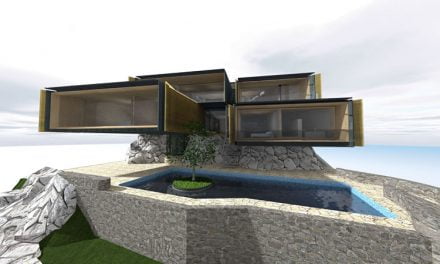The O’Shea family has been continuously involved with the timber industry for more than 100 years. We have seen the progression from small bush mills located near the resource itself, to large mills located in towns and cities. The noisy (and dangerous) four-man breast bench and the twin break down saws have given way to highly-automated sawing equipment controlled by computers.
The use of timber has changed radically as well. Green framing and cladding were replaced by dry material. Now we are seeing a far greater use of pre-fabrication with floor trusses, wall frames, and roof trusses being produced in factories and delivered to site.
The form of timber has changed as well. Instead of solid timber being used in framing, flooring, architraves and skirtings, we now see laminated veneer lumber, particle board and medium-density floorboard being used in these applications. Today, timber is being taken apart and reassembled in very different ways.
Despite these trends, it’s good to see that timber in its natural form is still viewed as attractive as ever. Natural timber flooring is still commonly used as a feature in new houses. Spectacular new buildings like the Forte apartments, the Docklands Library and the Architecture Building at Melbourne University show us how timber can be used to create very special places.
As environmental issues assume greater importance, the benevolent features of timber as a renewable resource will continue to become more attractive.
Unfortunately, the timber industry has not done a good job over the years when presenting the case for timber to both the public and government entities. The inability to reconcile the interests of different sectors and states continues to damage our industry. As a member and office bearer of the Victorian Sawmillers Association now known as the Victorian Association of Forest Industries, Timber Promotion Council (TPC), and the Timber Merchants Association for nearly 40 years, I’ve witnessed many attempts to bring the different sectors together.
On rare occasions, this led to excellent promotional campaigns like ‘Growth and Regrowth’ and ‘Wood Lives On’, but the ability to maintain programs of this type eluded us.
The demise of the TPC was a classic example of sectional interest overwhelming industry interests, and the attempts to establish closer links with the Green movement were brought undone by preconceived ideas.
We still have a great future ahead of us. The production sector continues to improve on the maximum use of wood fibre, with products like cross laminated timber (CLT). The prefabrication sector is developing innovative ways of building, with cassette floors and the continuous development of design software. The merchant sector has been able to concentrate successfully on market segments, which are not served well to by the ‘big boxes’.
Congratulations to the team at TimberTrader News on 30 years of service to the industry. I’m sure that when you reach the 50th anniversary we will all be able to say that ‘Wood Lives On!’As environmental issues assume greater importance, the benevolent features of timber as a renewable resource will continue to become more attractive.










